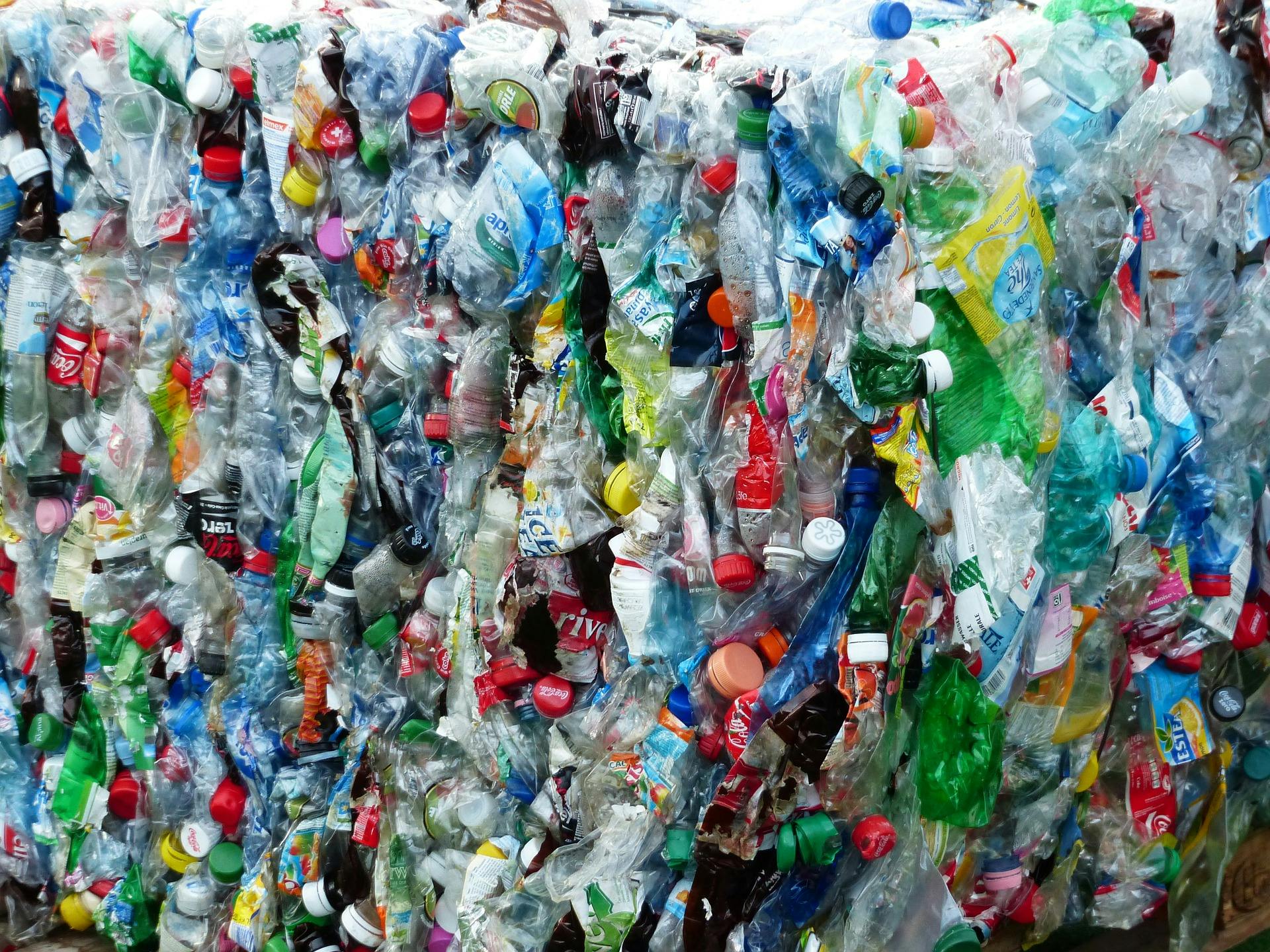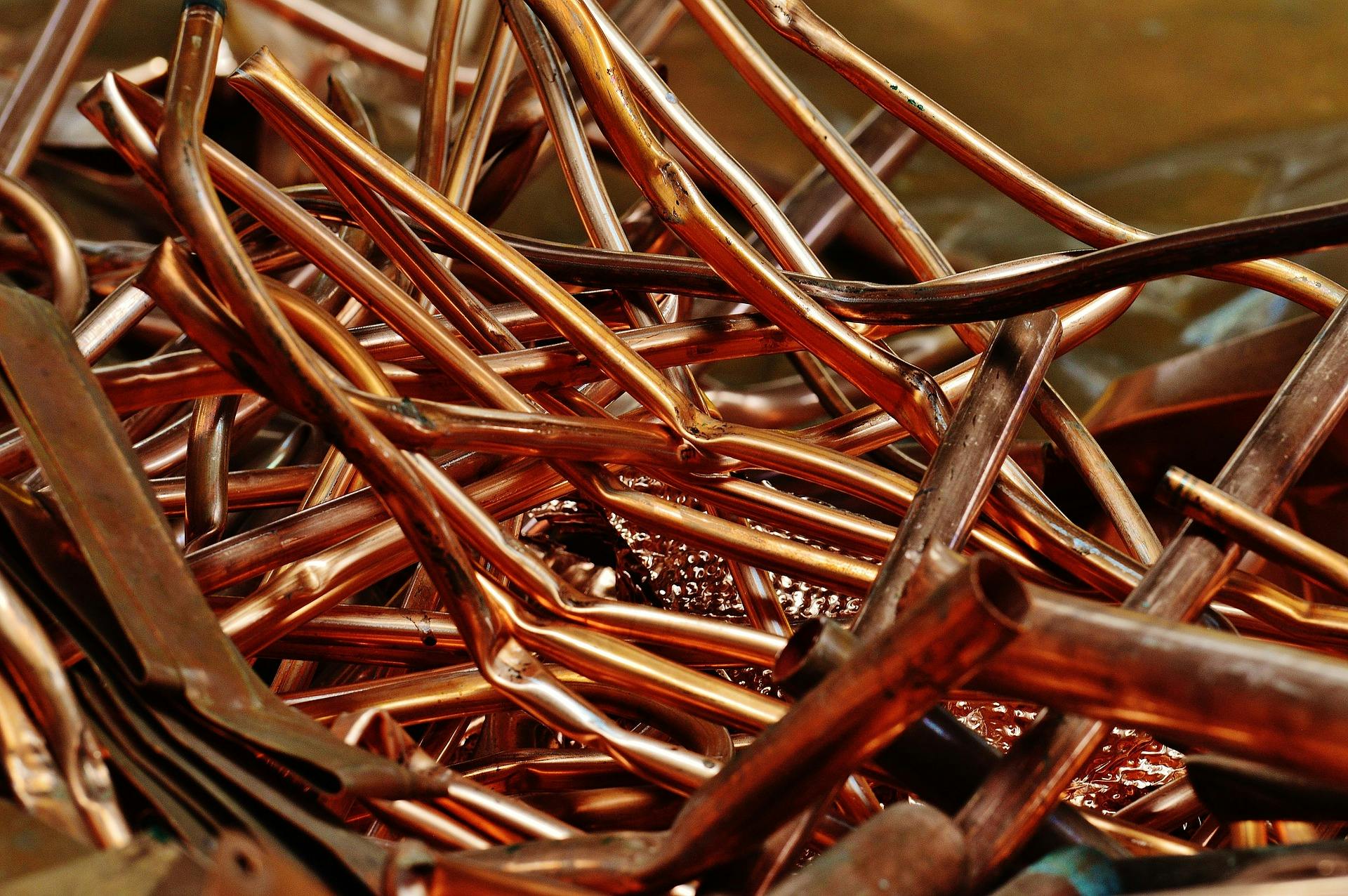There are three common ways in which recycling is collected. Either different materials are collected individually, every material is collected together, or a combination of the two in which some material is collected separately from the rest. However, not many people know about the true differences between these types of recycling collection — primarily when it comes to single-stream recycling. Some common questions that we will be answering in this article are: What is single-stream recycling? What materials are and aren’t allowed? How is the process different from separated recycling? And what are the pros and cons of a single-stream model?
What is Single-Stream Recycling?

Single-stream recycling is the combination of multiple material recycling streams into one. The material streams that are commonly combined include paper, plastic, metal, and glass. These different materials are all intermingled and collected together from the source (your business) and then transported to material recovery facilities (MRFs) where they are separated into individual material streams. In a modified single-stream collection program, one material is usually excluded from the rest. Paper products are often the material excluded from modified programs because it is the most easily contaminated.
What Materials are Allowed?
Most materials that fall into the four major recyclable categories of paper, plastic, metal, and glass are allowed in single-stream collection. However, there are certain items that are not allowed for various reasons. Food, liquid, biological, and hazardous waste contaminate recyclable materials and so should not be put in your recycling regardless of whether it is single-stream or not. Contaminated materials must be disposed of in a landfill, which diverts them away from being recycled. These wastes can also be dangerous to the workers who collect and sort the recycling.
Aside from contaminants, there are additional items that should not be thrown out with your recycling. The most problematic of these items are plastic bags. Plastic bags get tangled in sorting machines and also end up mixed in with paper during the sorting process. Additionally, the sheer number of plastic bags that people attempt to recycle is a major part of the problem. Hoses, wire, and textiles can all become tangled in separation and processing machines as well and so should not be recycled. Shredded paper is the final material that should not be recycled. Although it is paper, shredded paper cannot be recycled because the fibers that make it up are too damaged.
The Single-Stream Recycling Process

The single-stream process begins with the collection of the material in your dumpster. This material is then transported to the MRF where it is sorted by both machines and human intervention. Human intervention is primarily used to sort out contaminants that make their way to the MRF. They also help to sort various materials along the way that the machines fail to sort properly.
Paper and cardboard are among the first materials to be sorted out of the stream. This is mostly done by machine sorting, but human intervention is also required to ensure that no plastic gets mixed in. Once the paper and cardboard products are sorted out, they go through the paper recycling process. With the paper products out of the way, plastics are then sorted by type via their density. Lasers are used to determine the density of the various plastic products, and then jets of air are used to separate them accordingly.
Next, any glass within the system is crushed into small bits and filtered out. This crushed glass will be further crushed, blended with filler material, and melted to make new glass. Finally, metal will be sorted according to type. The first step of this sorting is to use magnets to separate the ferrous (those with iron) and non-ferrous (those without iron) metals. From there, additional sorting measures are taken, such as using density and human intervention.
Pros and Cons of Single-Stream Recycling

Single-stream recycling has two primary benefits over traditional, separated recycling. The first is that it makes recycling easier for businesses. When business owners and employees don’t have to worry about sorting recyclables on their end, it leads to an increase in recycling participation. The second benefit is that it makes recycling collection more efficient and lowers collection costs. It takes more trucks, containers, and manpower to collect recycling by material type.
On the other hand, there are some downsides to single-stream recycling as well. The most notable of these downsides is the increased possibility of contamination. A wider variety of materials collected leads to a wider variety of contaminants as well. Additionally, single-stream recycling comes with increased material sorting costs to counteract the decreased collection costs. Specialized equipment is required for sorting purposes, and more workers are needed for manual intervention.
Conclusion
The process of collecting differing materials in one recycling stream is known simply as single-stream recycling. It often includes paper, plastic, metal, and glass products, but occasionally one of these material types is collected separately. This is typically done to decrease contamination or drive down the costs associated with sorting the materials once they reach the material recovery facility. There, a combination of machines and human employees work together to sort the materials into individual streams free of contamination. The benefits of the single-stream model mainly come from how the collection part of the process is made easier. However, this comes at the cost of making the sorting part of the process more complex.
Accurate Recycling
Accurate Recycling Corporation has been helping businesses throughout Pennsylvania, New Jersey, Delaware, New York, and Maryland recycle their paper, plastic, metal, and glass for over 75 years. If your business is ready to ramp up your recycling efforts, contact Accurate Recycling today to learn more about the services we provide and how we can help streamline your business’ waste management.
